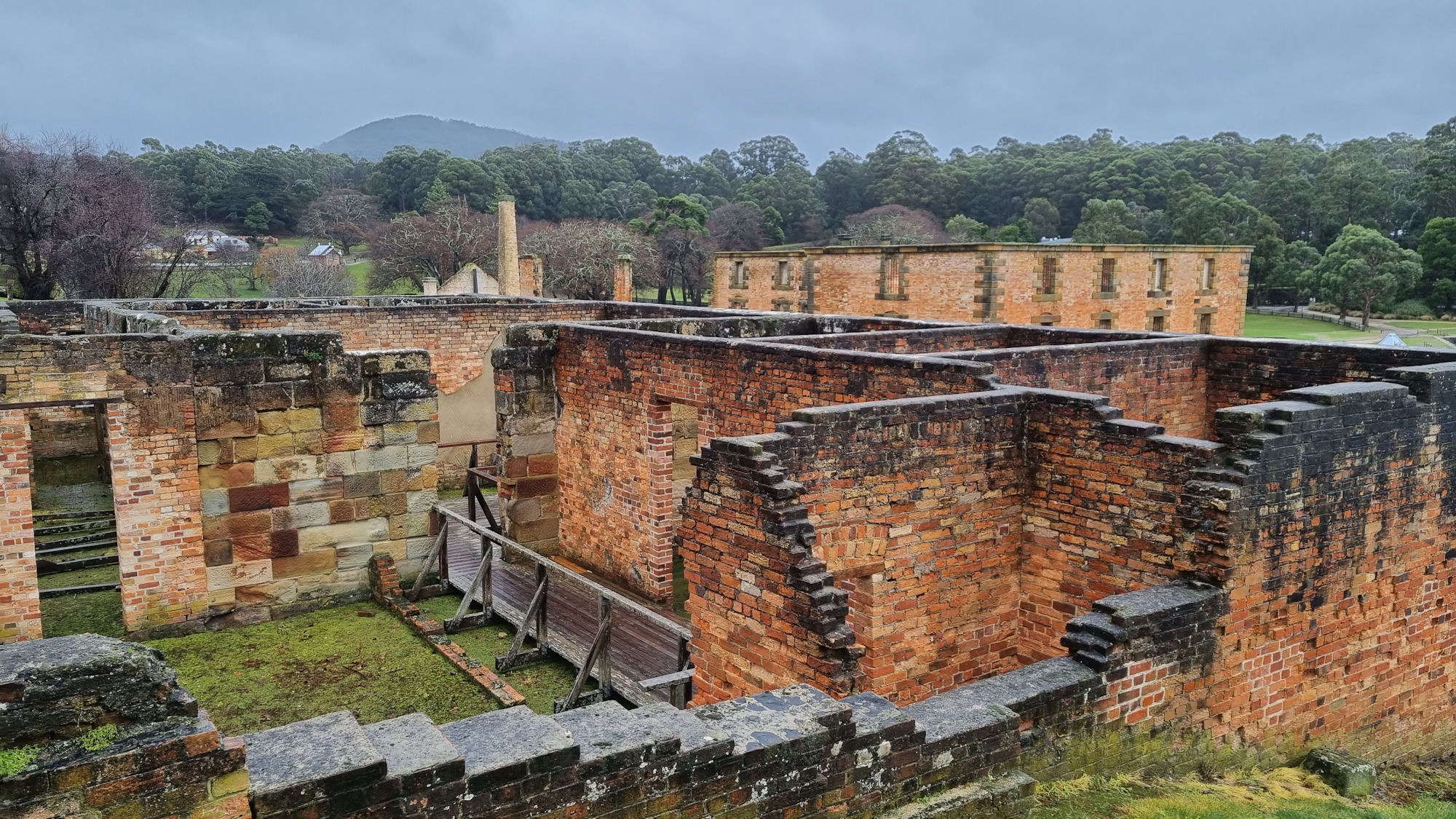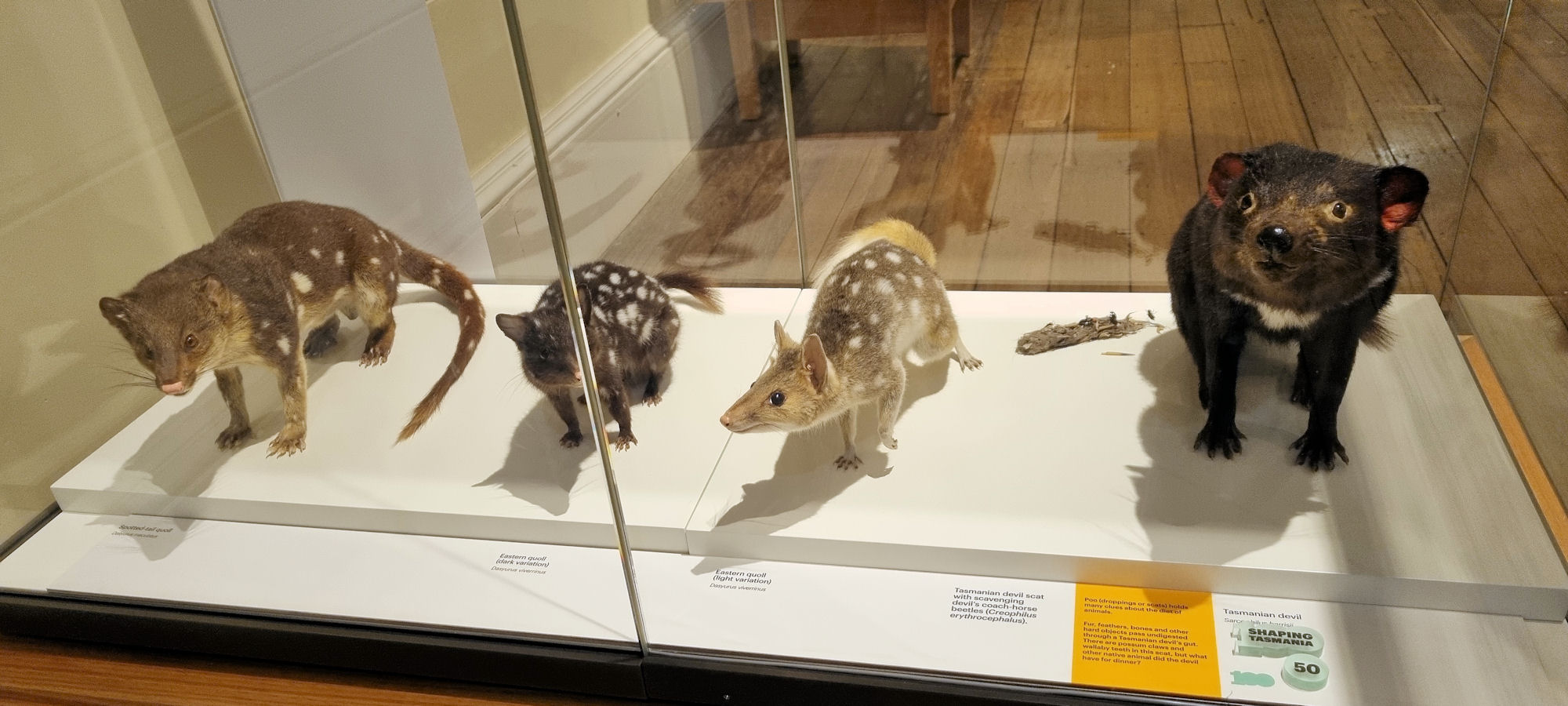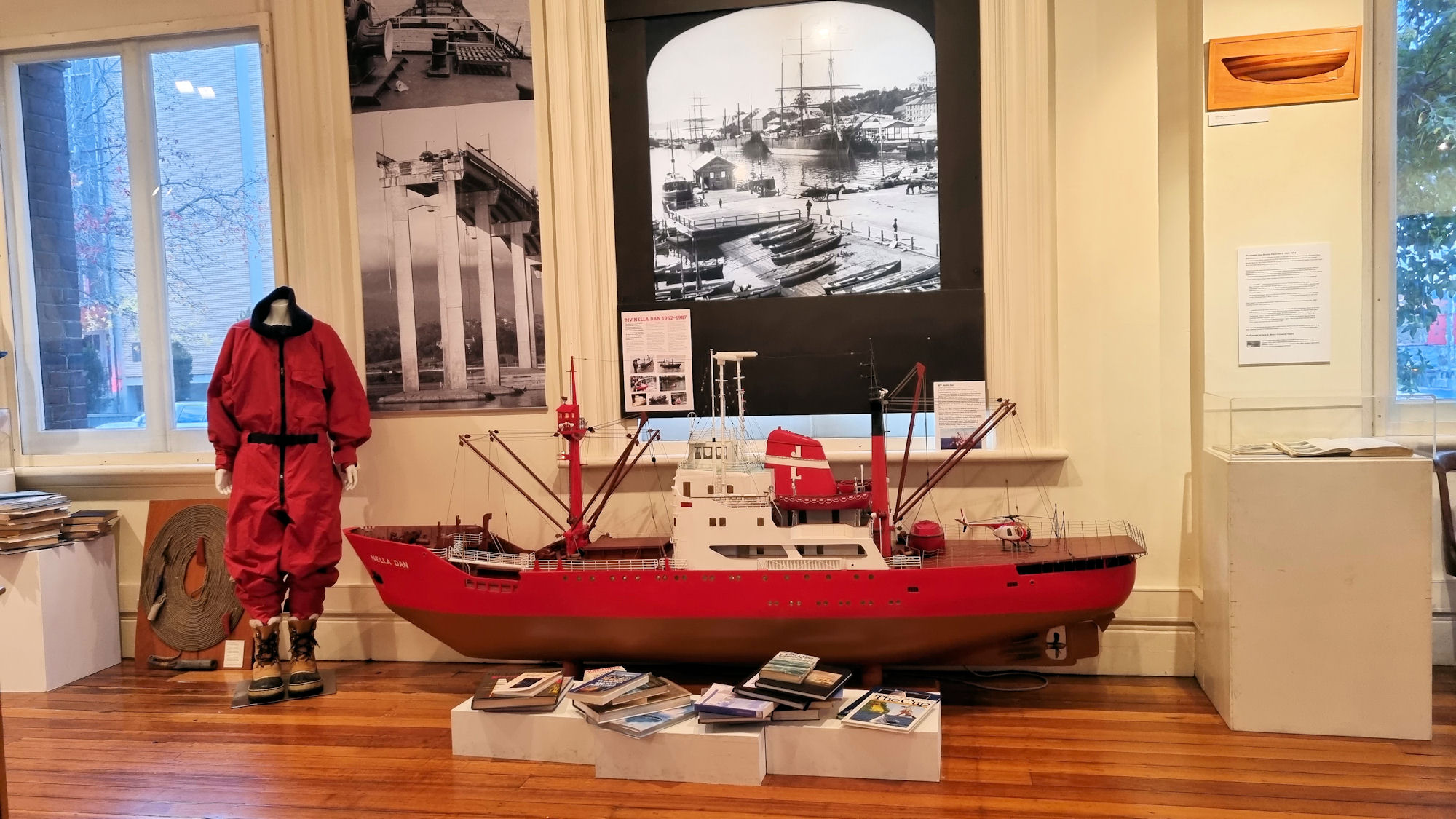Category: History
-
Tasman Peninsula Tasmania Australia

Tasman Peninsula The Tasman Peninsula has an wonderful array of historical and natural locations explore. Containing some of Australia’s oldest convict sites, it tells the story of early colonial life while being surrounded by amazing natural beauty. During our stay here, we visited the sites below. This is by no means all there is to… Read more

